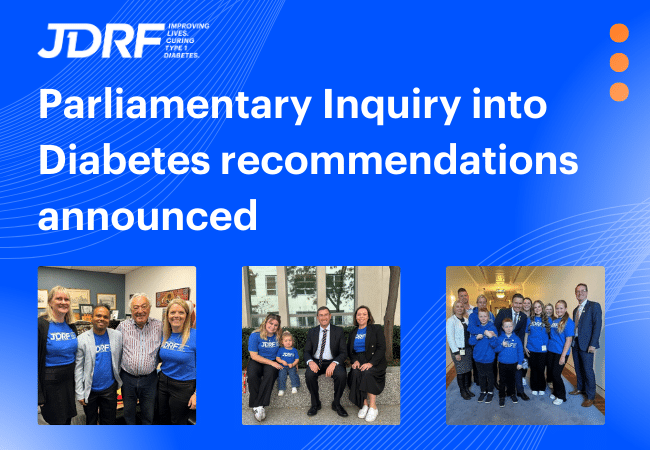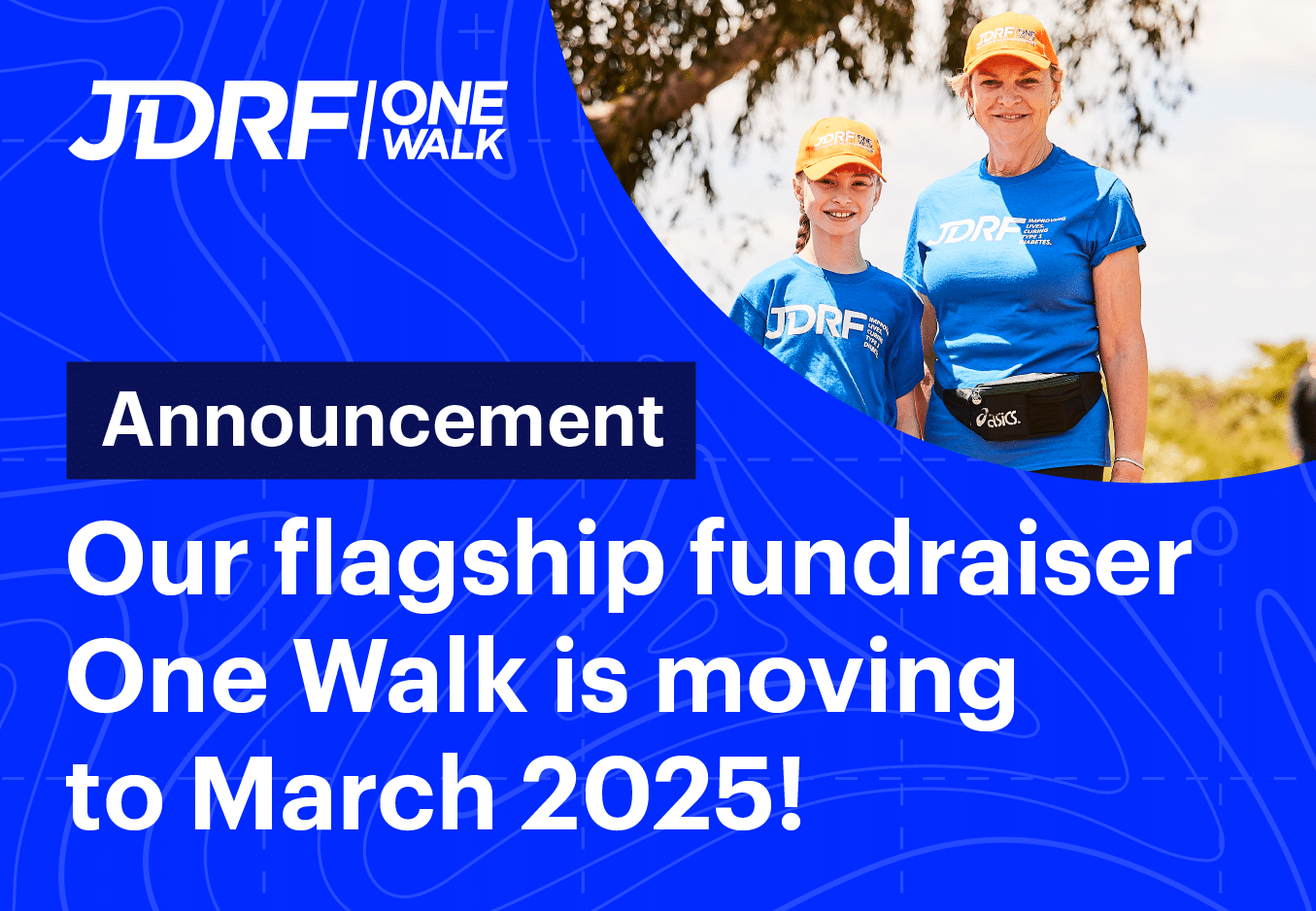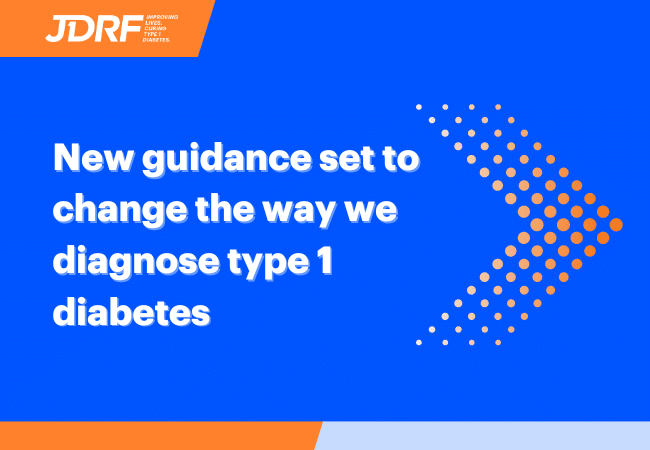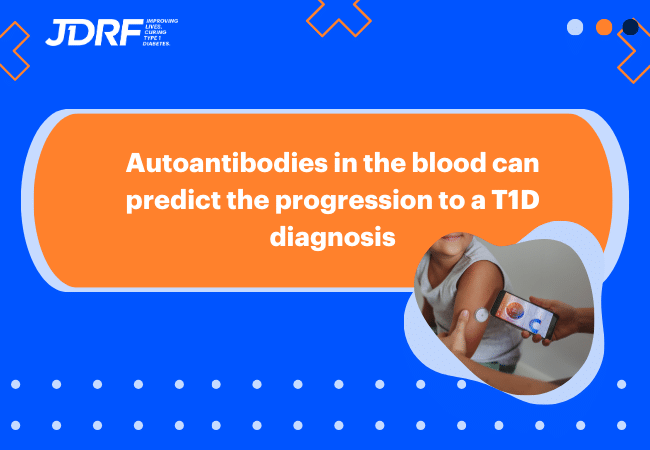Advocacy spotlight: Reece & Brittany Wilson

At the age of 24, Reece suffered a stroke, and his wife Brittany was diagnosed with an aggressive form of breast cancer. Just nine months into her treatment, Reece was diagnosed with type 1 diabetes (T1D).
“For a person living with T1D, the outcome of a cure, recovery or even remission is not an option.”
We spoke to Reece about his experience being diagnosed with T1D in adulthood and how it has impacted his life.
This is not a story of living with T1D since I was a child, or yet still the challenges I had before the success of the #AccessForAll campaign. I have been fortunate enough to be a subsidiary of CGM funding after only two years of experiencing my T1D journey.
I feel immensely privileged to be within a time of the Australian community that can freely access diabetes-related technology to help better manage my health. But this story comes with its challenges.
Being in a pivotal time of our mid-to-late 20s when my wife (Brittany) and I should be experiencing the likes of a successful career, becoming homeowners, and discussing the growth of a family, we’re struck with a feeling of denial of these privileges we all so often take for granted.
While our story could go in a range of different ways, we both agree that the plight for ongoing support for research and funding for the T1D community in Australia inspires us to share our experiences here.
At the tender age of 24, my world came crashing down when I suffered a stroke; just when I thought our lives were moving in a positive direction, Brittany was diagnosed with an aggressive form of breast cancer. Once again, our lives were thrown into turmoil. With a mutual understanding of survival, we decided to tackle yet another medical condition and fight the good fight. Nine months into her treatment, I was thin, unhealthy, and unsure why my body was failing again.
After a trip to the GP and being sent immediately to the ER department, I was diagnosed with T1D; our world was shaken again. Three years later, it’s safe to say Brittany and I are still reeling at the T1D diagnosis. After all that we have been thrown, we agree that type 1 diabetes has been the most complex and debilitating medical condition of the three.
Living with T1D is forever, ongoing, and a life-altering condition. I have inherited an additional 180 decisions each day related to my diabetes, not to mention the numerous other decisions that come with our different needs.
Managing T1D comes with so many unexpected stressors, particularly financial ones, that you are unaware of at first diagnosis. Brittany and I took the time to consider all the costs associated with my diagnosis and found we will spend an estimated $6900 yearly on diabetes-related expenses. This includes my insulin, pump consumables, CGM technology, insurance, various grocery costs associated with hypoglycaemic events, healthy meal options and other items required to ensure I can go about my daily occupations. This figure also excludes any severe medical episodes related to my diabetes. This is just to live.
It’s common knowledge that your 20s and 30s are the time of your life when you begin to define who you are and the directions you take personally and professionally. Much of this was stolen from Brittany and I. We are left with a mindset of survival and perseverance in the face of devastation.
However, with this challenge have come many opportunities to ease that burden. And the increased subsidisation of vital CGM products for T1Ds is one prime example. This means Brittany and I can move from simply a survival mindset to one where we can feel some alleviation from the mental, physical, and financial pressures that come with my diagnosis.
T1D doesn’t only impact the individual but those who are involved in their life as well. For Brittany, this was not something I had when I met her; it was something she inherited with me as part of our lives. Often when I am asleep, she will even feel for my breathing in the middle of the night to ensure I am still breathing. That is not something any partner should have to consider doing for an otherwise healthy 30-year-old.
“Continuing to increase research funding for T1D should not just be seen as a nicety, but as necessity. This will ultimately ease the burden and alleviate future pressures on the Australian healthcare system.”
Learn more about JDRF Australia’s advocacy program.




